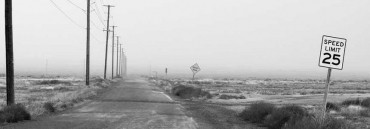DEFINITION of Limit orders
Limit order represents an instruction to your broker to execute a trade at a particular level that is more favorable than the current market price.
WHAT IT IS IN ESSENCE
Limit orders allow you to set a price at which you want to buy or sell a stock. Unlike market orders, your purchase or sale will go through only when the price reaches the level that you specify.
For example, you want to buy XYZ. at $100. The stock is currently trading at $105, so you set a limit order to buy at $100. The price may go up or it may go down, but you know that as soon the stock trades at $100, your order will be triggered and you’ll buy at your predetermined price.
Once you buy XYZ at $100, let’s say you decide you want to sell at $110. Again, you place your limit order and wait. Once XYZ trades at $110, your order becomes active and will sell at your target price of $110.
HOW TO USE
Limit orders are especially useful in volatile market environments. If a $100 stock trades between $100 and $130 on a volatile day, investors using market orders will be at a decided disadvantage because they won’t have control over the price at which they buy or sell.
In short, limit orders allow you to specify the minimum price at which you will sell or the maximum at which you will buy. If you want to open in order to buy or sell an asset at a price that is less favorable than the current market price, you use a stop order.
There are two varieties of limit orders:
- entry orders (that open a new position)
- closing orders (that terminate an open position).
By using both, traders are able to execute a trade automatically at a certain level instead of constantly tracking the price of an underlying asset.

